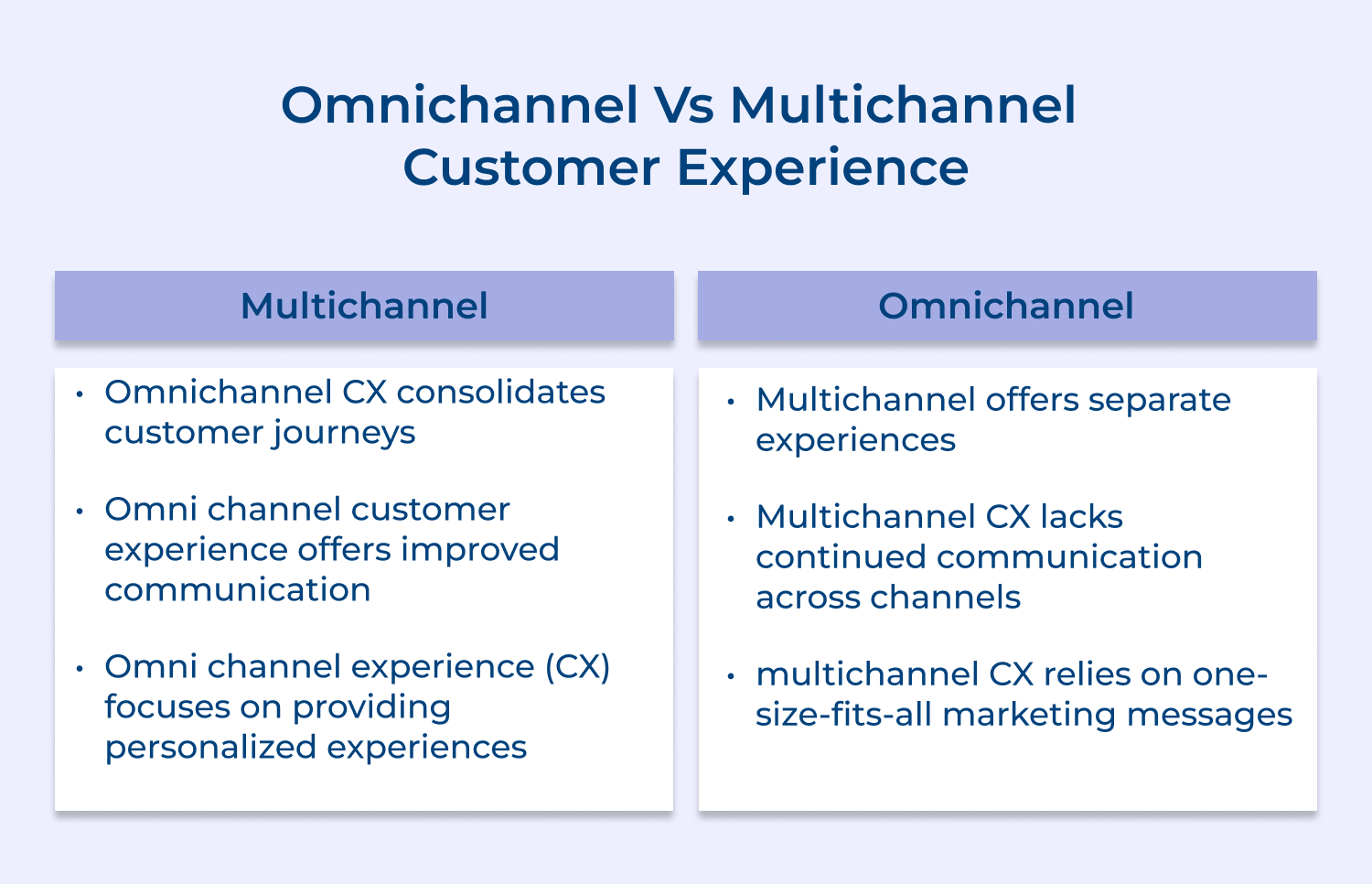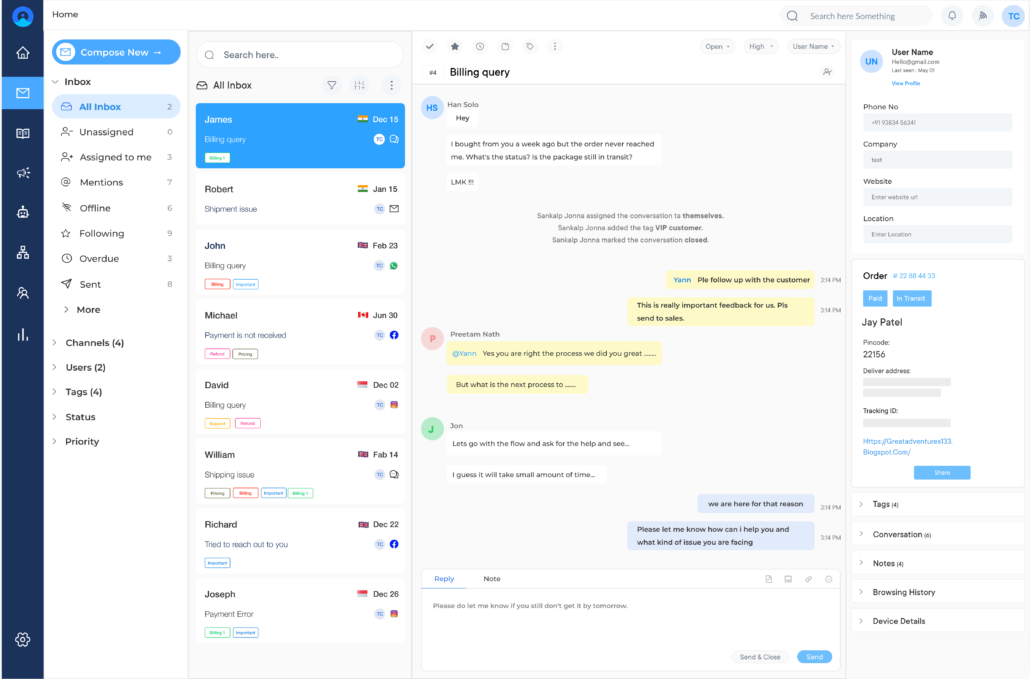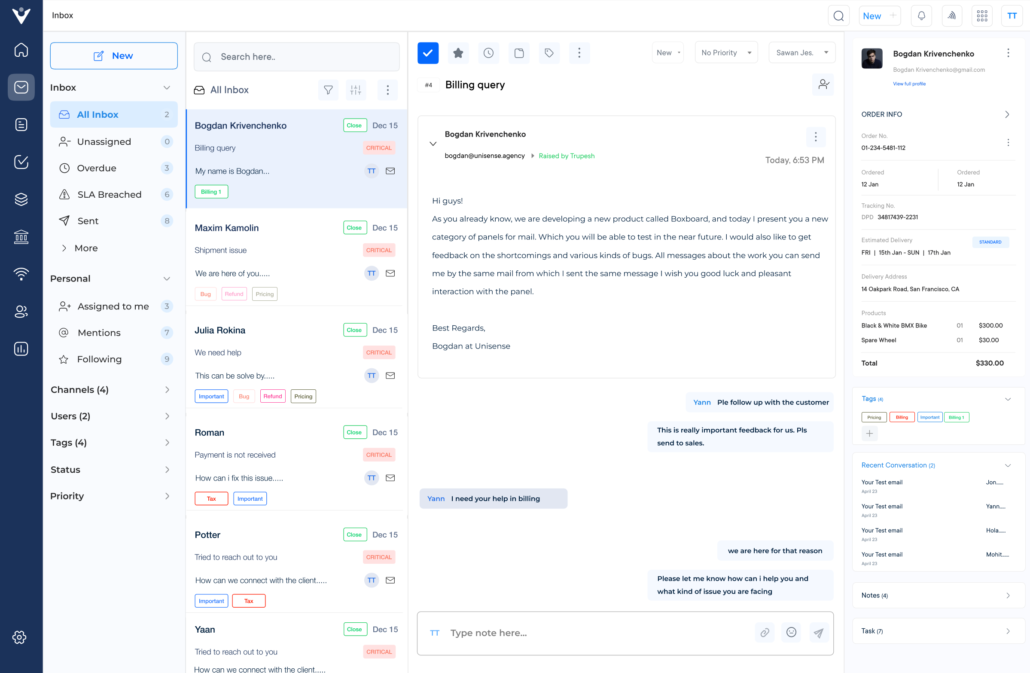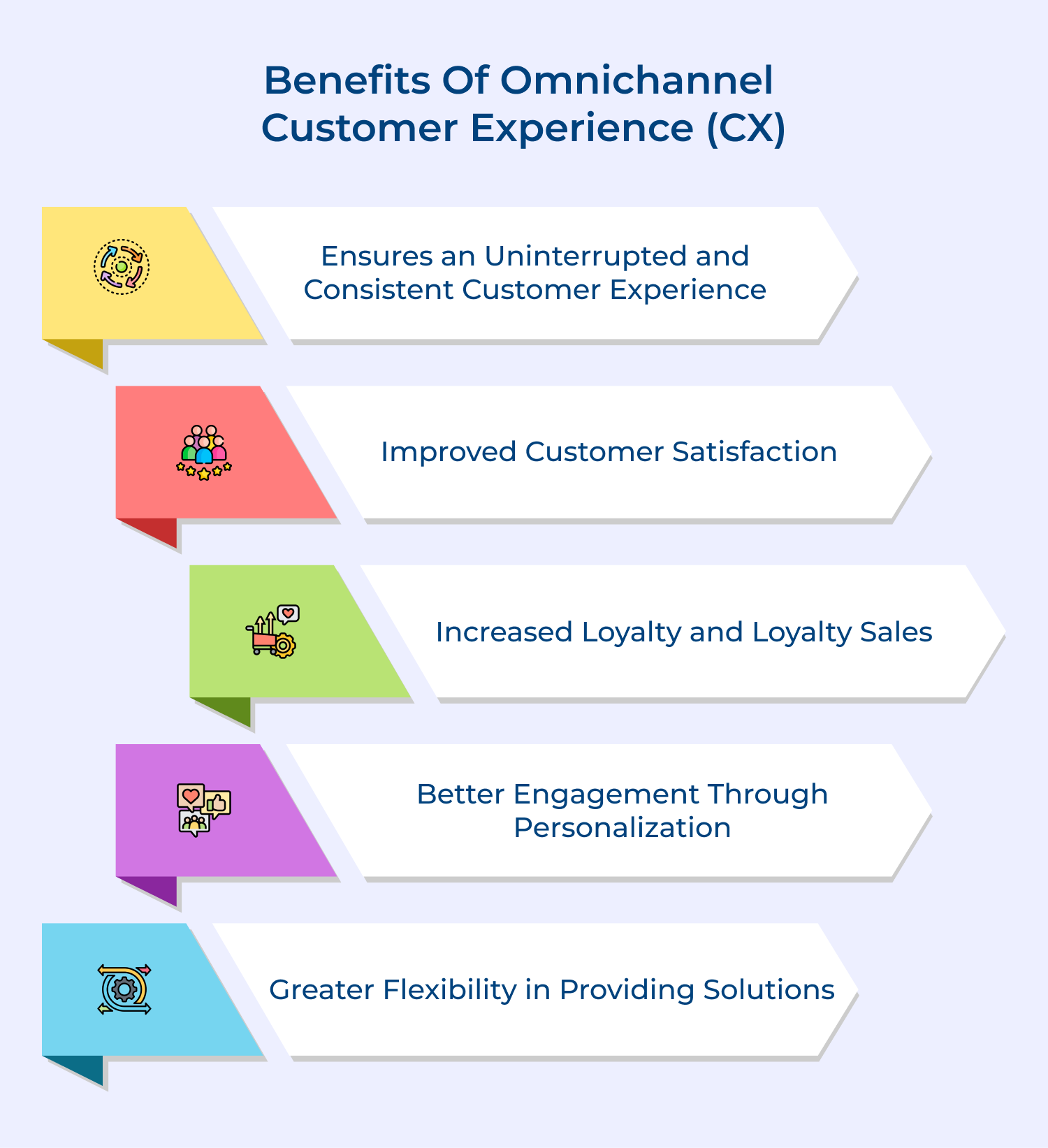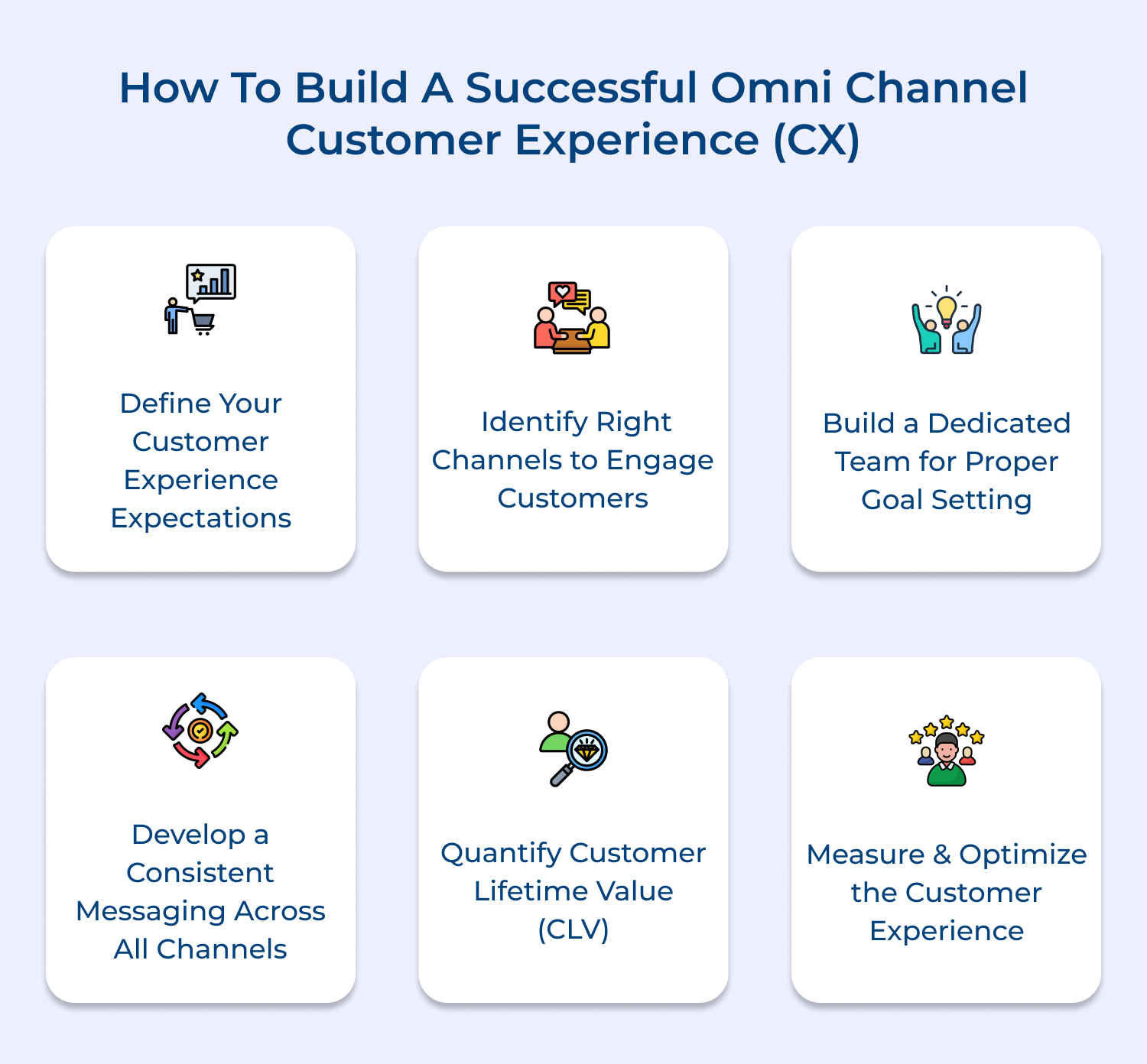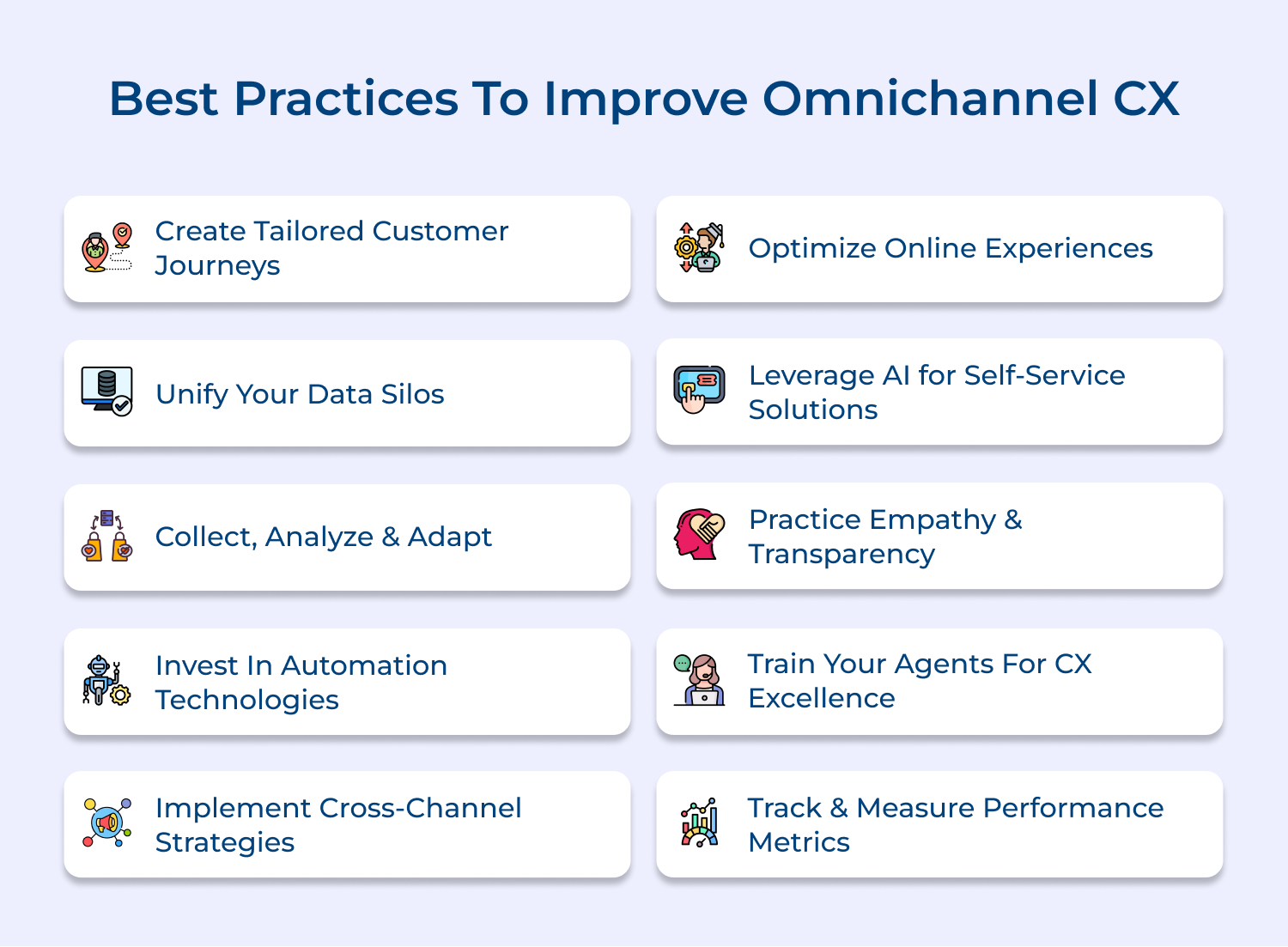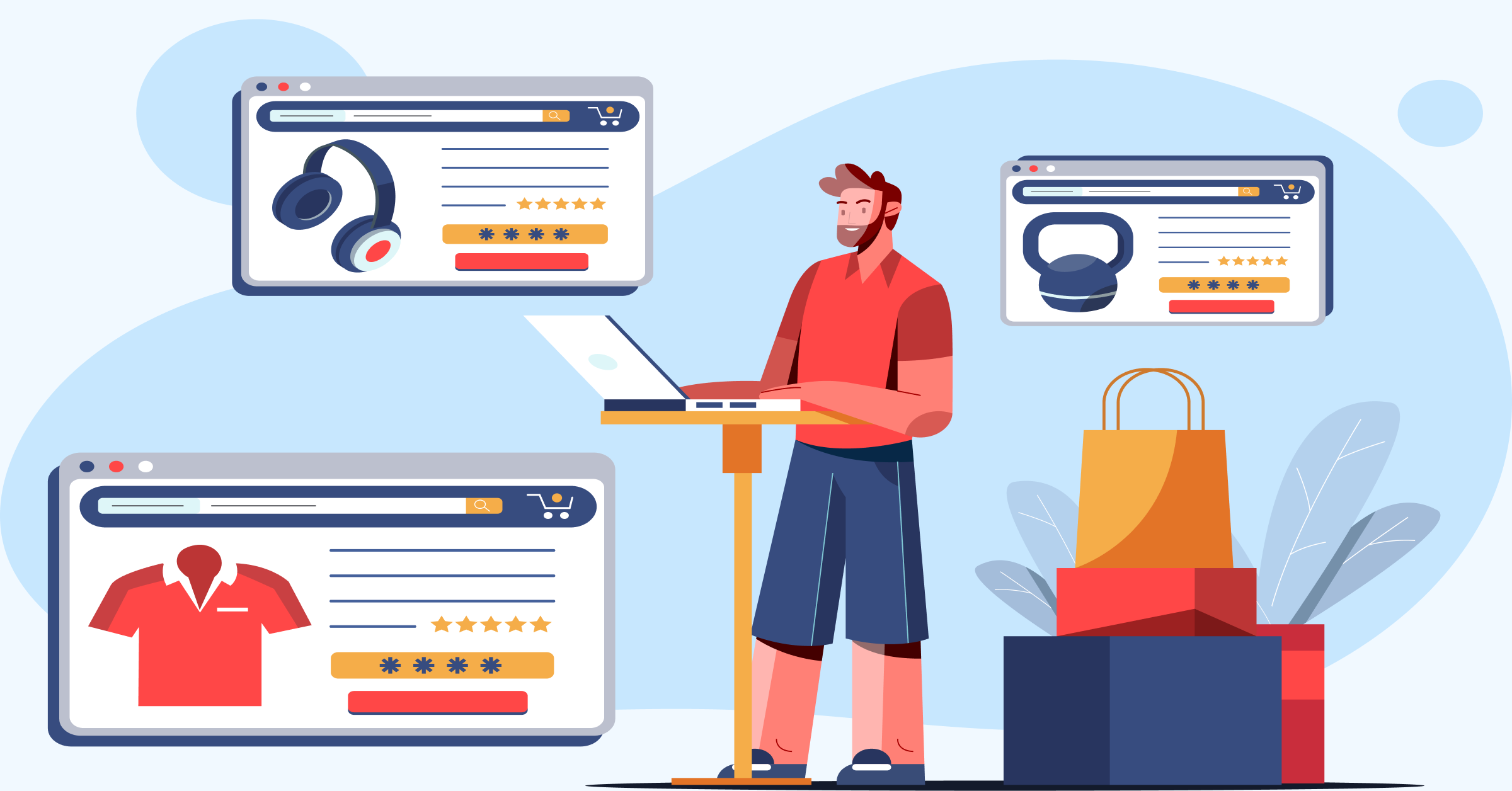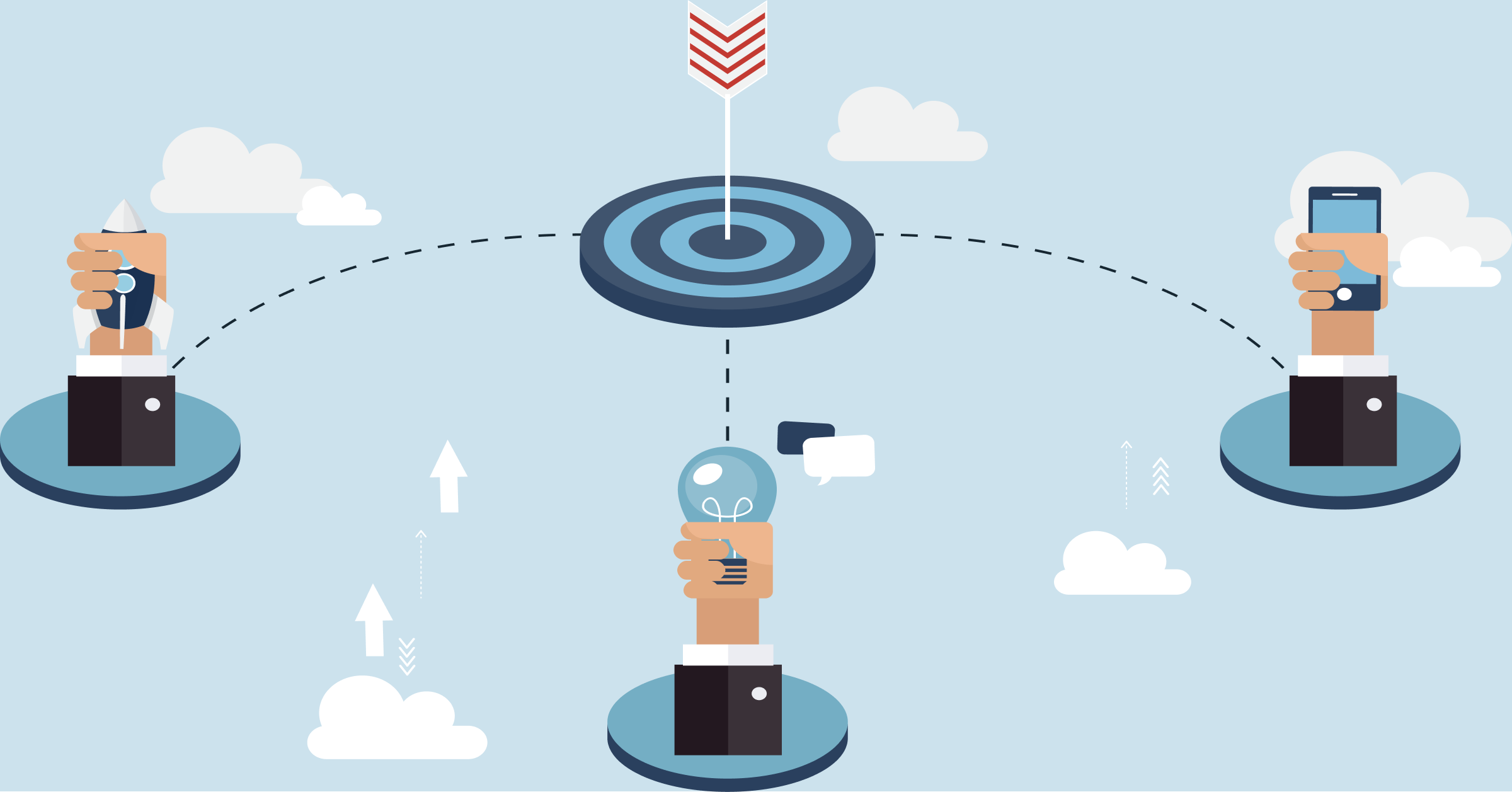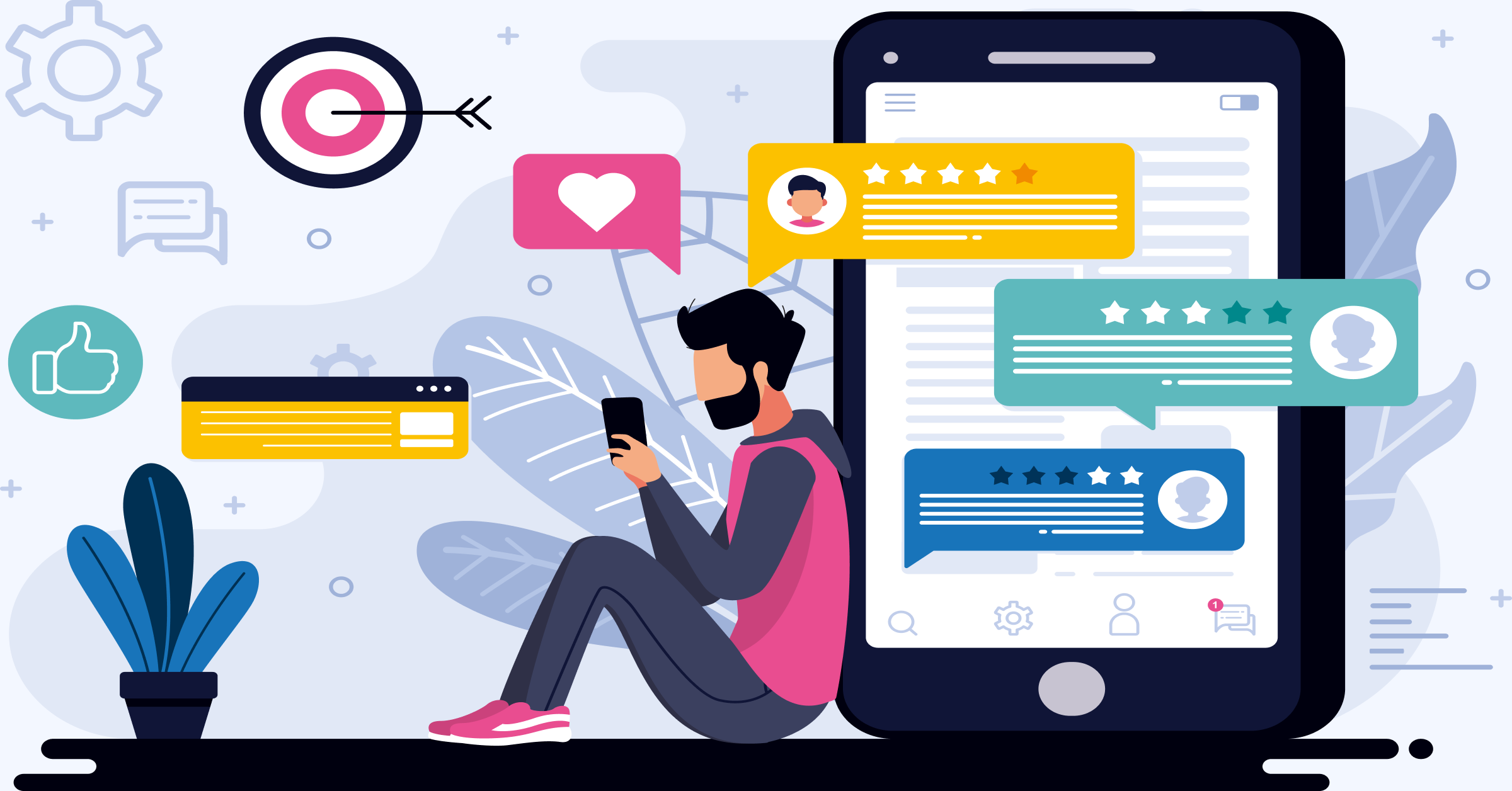1. Create tailored customer journeys: Understand customer’s needs and create buyer journey maps with custom activities for each person.
2. Unify your data silos: Consolidate all data from different channels into a single accessible platform to ensure seamless CX.
3. Collect, analyze & adapt: Utilize customer feedback to continuously improve the customer experience, getting better at meeting their needs over time.
4. Invest in automation technologies: Automating repetitive tasks can free up your workforce’s time and reduce customer service strain while improving accuracy as well as satisfaction.
5. Implement cross-channel strategies: Make sure customers have an intuitive and consistent CX no matter which touchpoints they’re engaging with throughout their relationship with you.
6. Optimize online experiences: Update website pages regularly and optimize user experience across devices to ensure great digital interactions every time.
7. Leverage AI for self-service solutions: Utilize AI-enabled self-service solutions such as automated chatbots aligned to the brand’s tone of voice to satisfy inquiries quickly and effectively.
8. Practice empathy & transparency: Develop strong relationships that are built on mutual trust through open communication with your customers across channels in order for them to better understand your values, purpose & offerings.
9. Train your agents for CX excellence: Equip your frontline agents with the necessary CX training and enablement tools so that they can deliver consistent experiences every time.
10. Track & measure performance metrics: Monitor performance metrics closely in order to track progress towards achieving significant improvements in omnichannel CX KPIs (e g. NPS scores, wait times, resolutions achieved).
Omnichannel Customer Experience Examples
1. Disney
Disney creates a seamlessly connected experience through their My Disney Experience app that integrates with every aspect of a park visit. Guests can plan itineraries, access mobile food ordering, use virtual queues, find real-time wait times, and unlock their hotel rooms—all through the same platform that remembers preferences across physical and digital interactions.
This unified approach has transformed Disney’s relationship with visitors by eliminating friction points and creating more personalized experiences. By connecting previously isolated systems, they’ve increased in-park spending while simultaneously improving satisfaction scores, as guests feel more in control of their experience and spend less time navigating logistical challenges.
2. Sephora
Sephora connects online browsing data with in-store visits through their Beauty Insider program and mobile app. When cThese innovative companies have transformed their customer experiences by connecting every touchpoint into cohesive journeys that feel personal and consistent, regardless of how customers choose to interact with them.
ustomers scan products in-store, the system recognizes previously viewed items online, displays personalized recommendations, and allows access to purchase history, wish lists, and product reviews without switching between platforms.
This integrated experience has strengthened Sephora’s competitive advantage by creating deeper customer relationships that competitors struggle to replicate. By removing barriers between digital discovery and physical shopping, they’ve increased both average purchase value and shopping frequency while building a loyal community that views Sephora as a beauty partner rather than just a retailer.
3. Bank of America
Bank of America has developed an integrated ecosystem where customers can begin financial processes in any channel and seamlessly continue in another. Their app allows users to schedule branch appointments, pre-stage ATM withdrawals, deposit checks remotely, and connect with specialists via video conferencing—all while maintaining conversation history and context across channels.
This connected approach has fundamentally changed how customers perceive banking relationships by transforming traditionally disconnected transactions into coherent financial journeys. By allowing customers to engage on their terms while maintaining continuity, they’ve significantly improved satisfaction metrics and increased the adoption of additional financial products through more meaningful advisory relationships.
4. Starbucks
Starbucks unites mobile ordering, payment, loyalty rewards, and in-store experiences through their app, which remembers favorite orders, allows customers to skip lines, and accumulate rewards regardless of ordering method. The system updates in real-time across all channels, showing reward balances instantly whether ordering in person or digitally.
This integrated ecosystem has revolutionized Starbucks’ business model by creating daily digital touchpoints with customers that extend beyond physical store visits. By connecting previously separate systems, they’ve gained invaluable customer insights while increasing visit frequency and building emotional connections that transcend the transactional nature of coffee purchases.
Omni24 – an Omnichannel CX Platform Scale Your Marketing, Sales & Support
Undoubtedly, an omnichannel customer experience (CX) is the way of the future and any business looking to stay competitive needs to implement it. The benefits are undeniable, with increased loyalty from customers, improved customer service and satisfaction levels, as well as a greater understanding of their behavior.
Proper planning and implementation of best practices, creating an omnichannel CX doesn’t have to be overly expensive or complicated. Imagine how much easier life will be when your customers can communicate with you on whatever channel they prefer – whether it’s via phone, email, website chatbot, or social media – while still receiving consistent messages across all channels. It’ll make communication smoother and more efficient than ever before.

